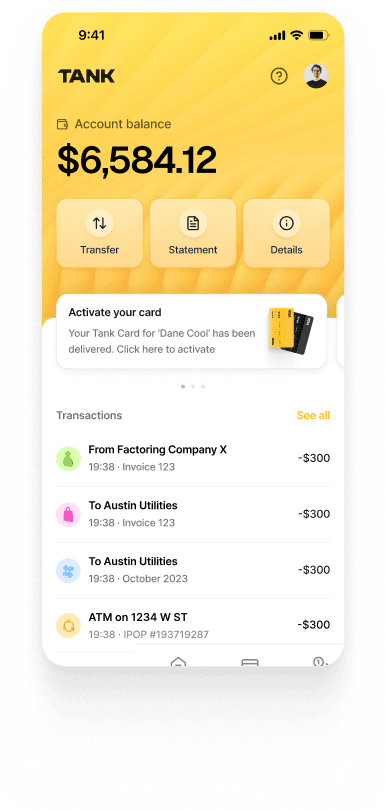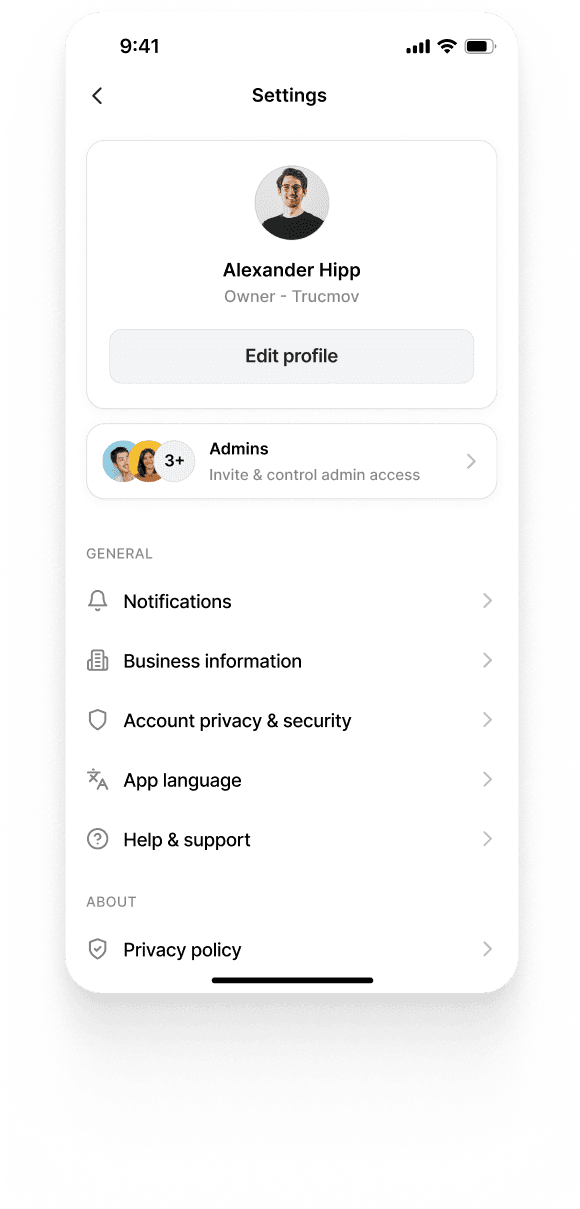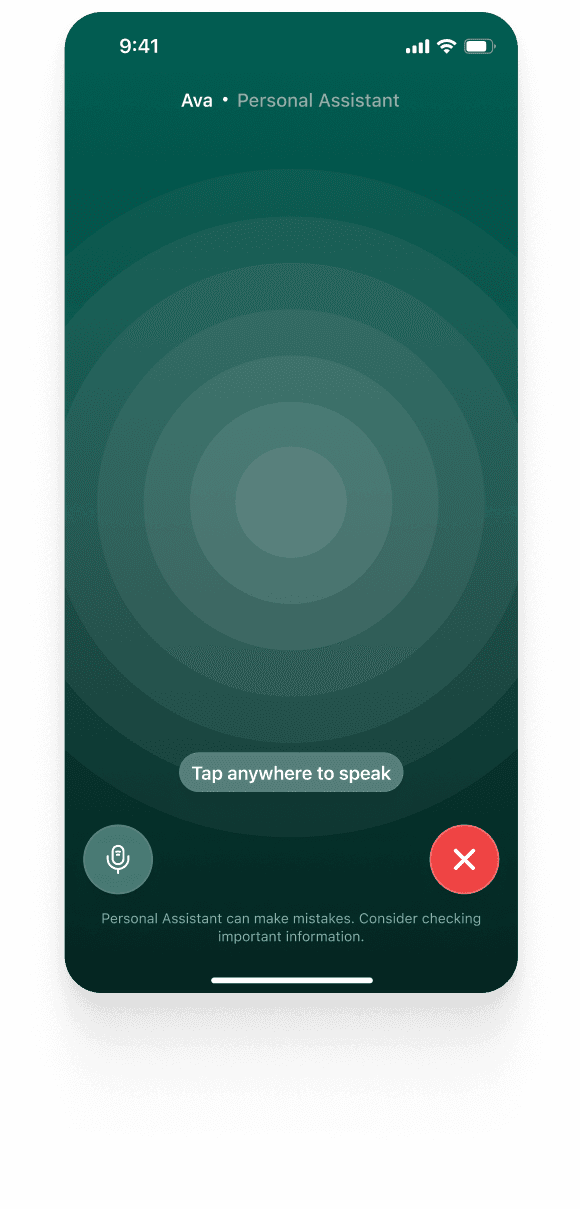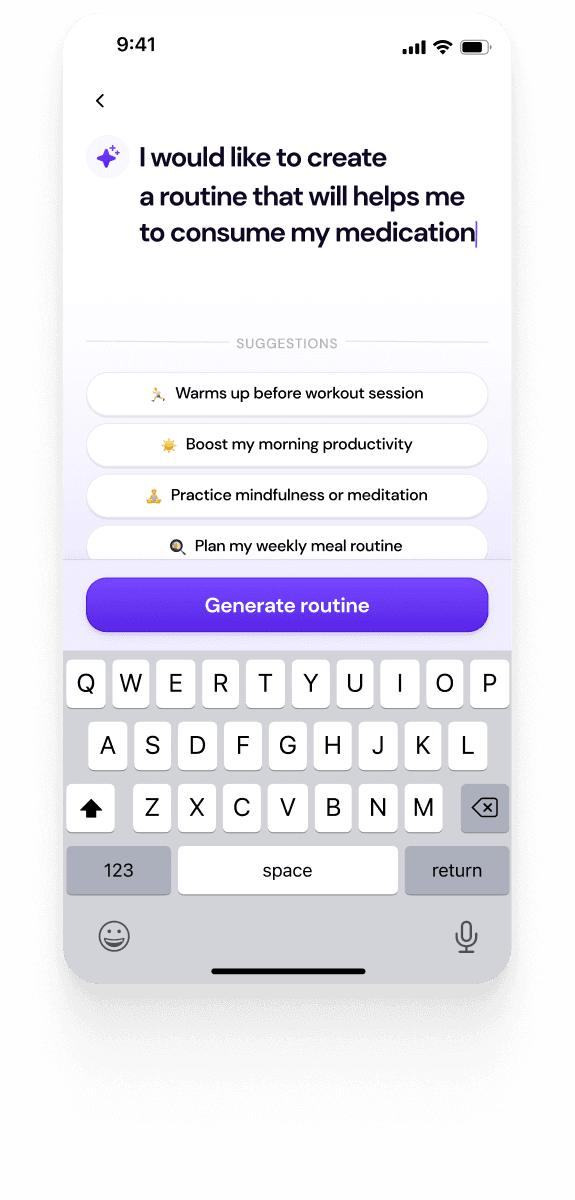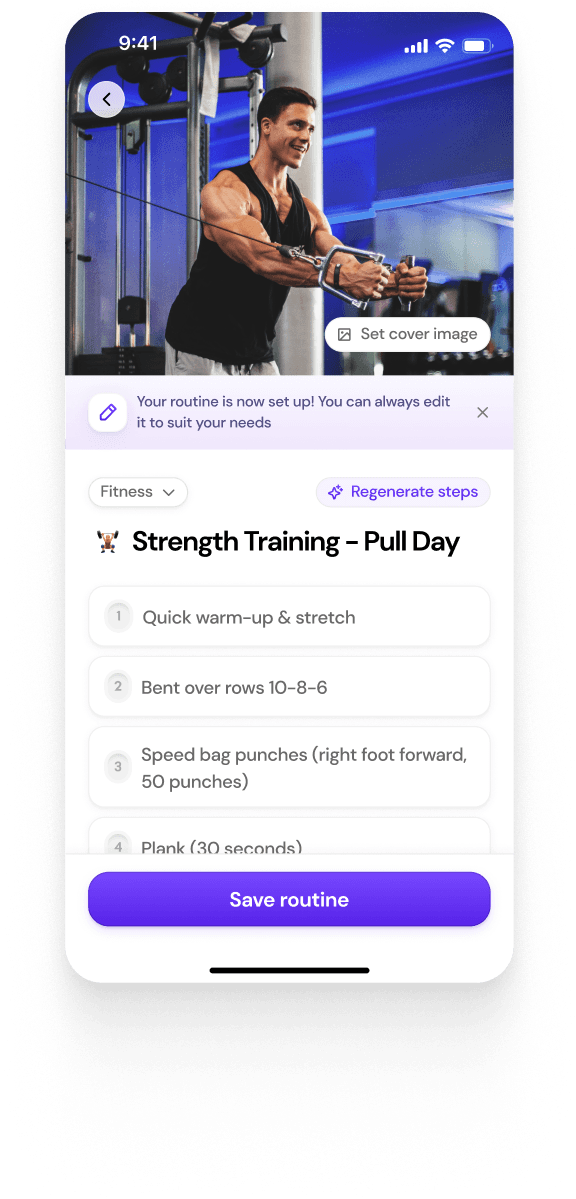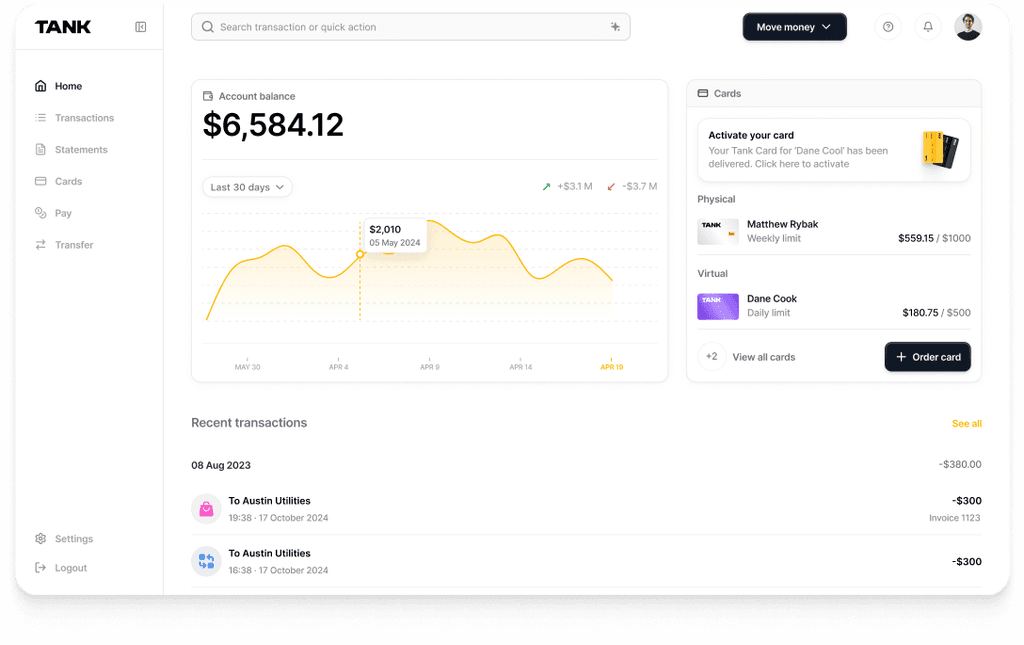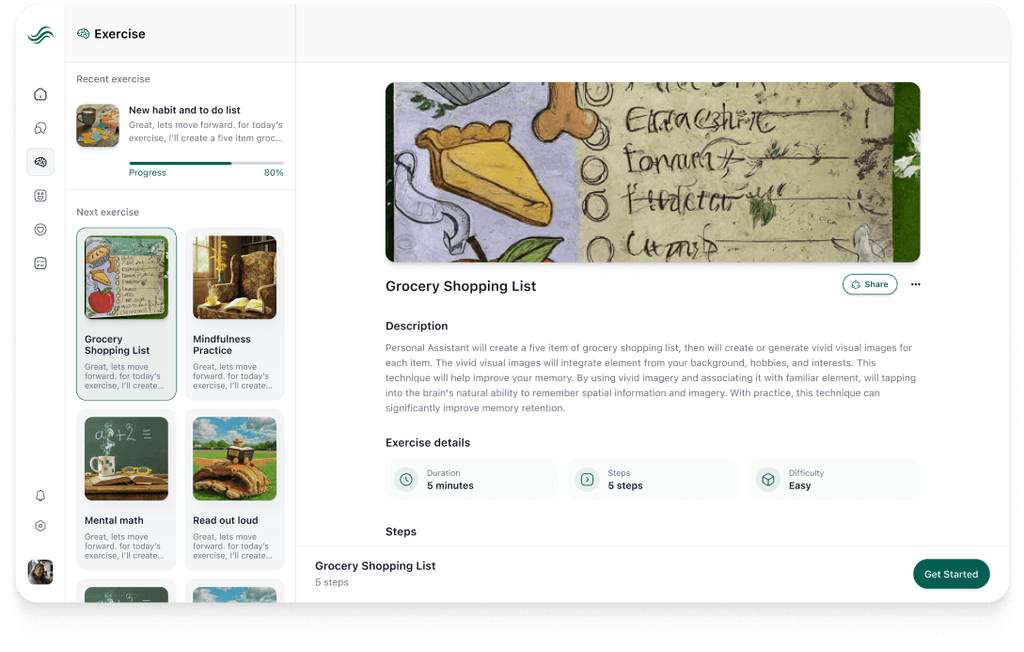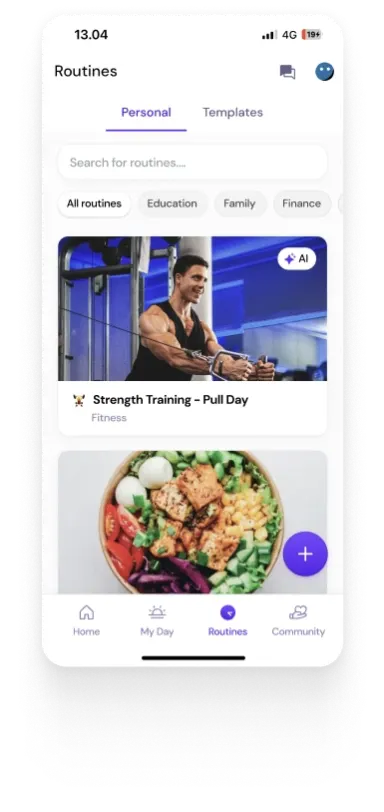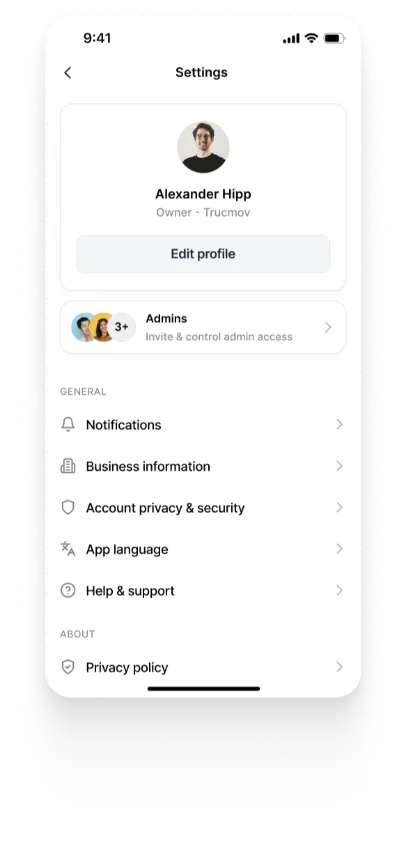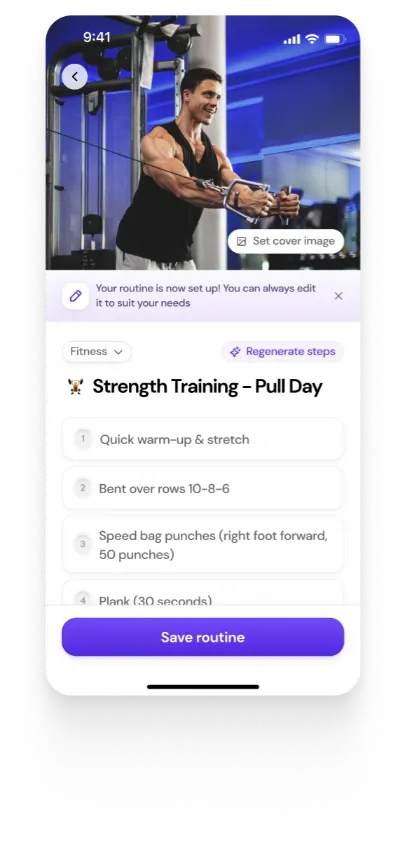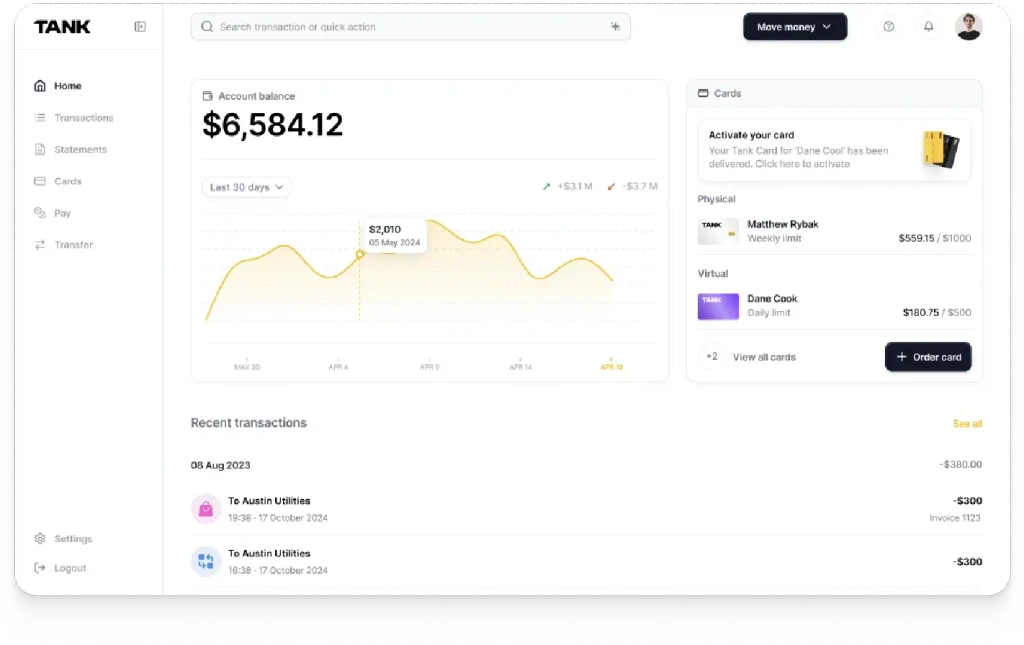What is OpenAI? Features, Pricing, and Use Cases
Summary
OpenAI offers proprietary LLMs like GPT-4.1 and GPT-4o via scalable APIs for reasoning, coding, and multimodal applications. With tools like Assistants API, Code Interpreter, and File Search, it enables fast development of intelligent agents and enterprise workflows. While closed-source, OpenAI balances power and simplicity for high-performance AI deployments.
Key insights:
Advanced LLM Access: GPT-4.1 and GPT-4o support general reasoning and real-time multimodal AI via hosted APIs.
Agent Tooling: Assistants API and function calling enable complex task orchestration and automation.
Multimodal Integration: GPT-4o processes audio, images, and text, ideal for conversational and visual AI.
Custom Capabilities: Fine-tuning and distillation offer targeted performance boosts for enterprise use.
Usage-Based Pricing: Flexible token pricing supports both startups and large-scale operations.
Developer Ecosystem: Rich SDKs, prompt tools, and real-time features ease AI product development.
Introduction
OpenAI is a global leader in artificial intelligence research and product development, known for its high-performance foundation models, flexible APIs, and expanding suite of developer tools. Its flagship models—GPT-4.1 and GPT-4o—are widely used for general-purpose reasoning, coding, data analysis, and conversational AI. OpenAI's influence spans enterprises, startups, and individual developers, making it one of the most consequential players in the AI infrastructure ecosystem. While its models are not open-source, OpenAI provides robust API access, customization capabilities, and integrated tools that enable rapid development of production-grade applications.
Overview
At its core, OpenAI provides access to a family of state-of-the-art large language models (LLMs) via hosted APIs. These include GPT-4.1 (general reasoning), GPT-4o (multimodal), and lightweight versions such as GPT-4.1 mini and nano for faster, cost-sensitive use cases. OpenAI also offers models optimized for reasoning (o3 and o4-mini), alongside support for image generation, speech, and code execution.
The platform’s ecosystem includes APIs for real-time interaction, batch processing, assistant orchestration, and embedded tools like file search and code interpreters. Through a consistent API framework, OpenAI enables teams to build AI agents, productivity tools, and domain-specific copilots with minimal setup. While not open-source, OpenAI's products emphasize accessibility, performance, and commercial scalability.
Key Features
Flagship Models: Includes GPT-4.1 for high-accuracy reasoning, GPT-4o for real-time multimodal tasks, and mini/nano variants for faster throughput and cost efficiency.
Flexible APIs: Offers chat completions, batch processing, function calling, and the Assistants API for multi-step, tool-augmented agents.
Multimodal Capabilities: GPT-4o processes text, audio, and images in real time, enabling advanced applications like voice interfaces, screen parsing, and visual question answering.
Integrated Tools:
Code Interpreter: Execute Python code for data analysis and computation.
File Search: Upload and search within documents.
Web Search: Extend model context with real-time external information.
Customization Options:
Fine-Tuning: Train specialized versions of base models with supervised data.
Model Distillation: Reduce latency and cost while retaining core capabilities.
Function Calling: Structured JSON outputs for integration with backend systems.
Developer Ecosystem: Unified SDKs, documentation, prompt engineering best practices, and community support accelerate onboarding and innovation.
Ideal Use Cases
Enterprise Automation: Deploy intelligent agents across internal systems for summarization, data extraction, document handling, and customer interaction.
Software Engineering: Use GPT-4 or GPT-4o to generate code, refactor legacy systems, or debug collaboratively in dev environments.
Customer-Facing Chatbots: Build multilingual, natural-sounding virtual assistants capable of handling complex queries.
Data and Research Tools: Automate literature reviews, spreadsheet analysis, market research, or legal discovery through fine-tuned workflows.
Multimodal Interaction: Enable voice-activated AI experiences, image parsing in retail apps, or dynamic Q&A tools powered by text and visual inputs.
Pricing and Commercial Strategy
OpenAI's pricing model is based on per-token usage, with distinct pricing tiers for input and output tokens depending on the model variant. Enterprise contracts are available with enhanced guarantees, while volume discounts and caching options support large-scale use.
Base Model Pricing (per million tokens):
GPT-4.1: $2.00 input / $8.00 output
GPT-4.1 mini: $0.40 input / $1.60 output
GPT-4.1 nano: $0.10 input / $0.40 output
o3 (advanced reasoning): $2.00 input / $8.00 output
o4-mini: $1.10 input / $4.40 output
Fine-Tuning:
GPT-4.1: $25.00 per million training tokens
Mini/nano models: $1.50–$5.00 per million tokens depending on scale
Batch API:
50% cost savings on input/output for asynchronous jobs
Multimodal and Tools Pricing:
GPT-4o: $5.00 input / $20.00 output per million text tokens
Audio: $40.00 per million audio tokens
File Search: $0.10 per GB per day (first GB free)
Web Search: $30–$50 per 1,000 calls (based on model)
This pricing structure enables granular cost control while supporting both small-scale experiments and production-grade deployments.
Competitive Positioning
Versus Open-Source Platforms (e.g., Together, Fireworks): OpenAI’s proprietary models typically outperform open alternatives in benchmarked reasoning and accuracy. However, platforms like Together AI offer more transparency and allow self-hosted fine-tuning for privacy-focused organizations.
Versus Anthropic: Both providers emphasize safe, high-accuracy models and assistant-focused APIs. OpenAI offers broader multimodal support and developer tooling, while Anthropic focuses more heavily on constitutional alignment and brand-safe outputs.
Versus Groq: Groq is optimized for low-latency inference using custom hardware. OpenAI provides broader functionality, including reasoning, multimodal workflows, and tools for building agents. Performance is competitive but less deterministic.
Benefits and Limitations

Future Outlook
OpenAI continues to invest heavily in platform capabilities, model efficiency, and AI agents. Future development is expected to focus on more autonomous agents, expanded memory systems, enhanced API orchestration, and deeper integration with productivity ecosystems.
The Assistants API and GPT’s real-time capabilities hint at a move toward agent-based computing, where AI tools handle full workflows. OpenAI’s unique advantage lies in combining cutting-edge models with packaged utility, making advanced AI more accessible without the overhead of infrastructure management.
Conclusion
OpenAI remains one of the most powerful and accessible platforms for building intelligent, real-time applications powered by advanced large language models. Its hosted APIs, multimodal functionality, and robust tooling enable organizations of all sizes to build, deploy, and scale AI systems quickly. While it trades transparency and infrastructure flexibility for simplicity and performance, OpenAI’s models continue to set the standard for general-purpose AI deployment in commercial and research settings.
Authors
Build with the best AI foundation.
Walturn brings deep expertise in GPT-powered systems—from agent orchestration to multimodal experiences—designed to scale with your goals.
References
OpenAI. “OpenAI API.” OpenAI, 12 Nov. 2021, openai.com/api/.















